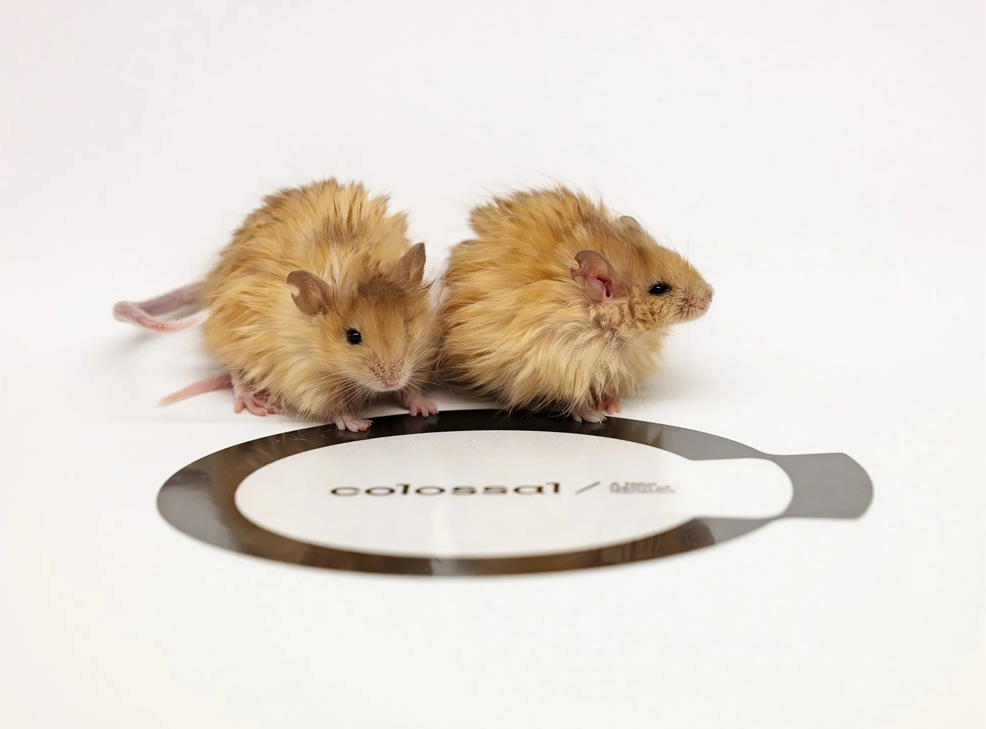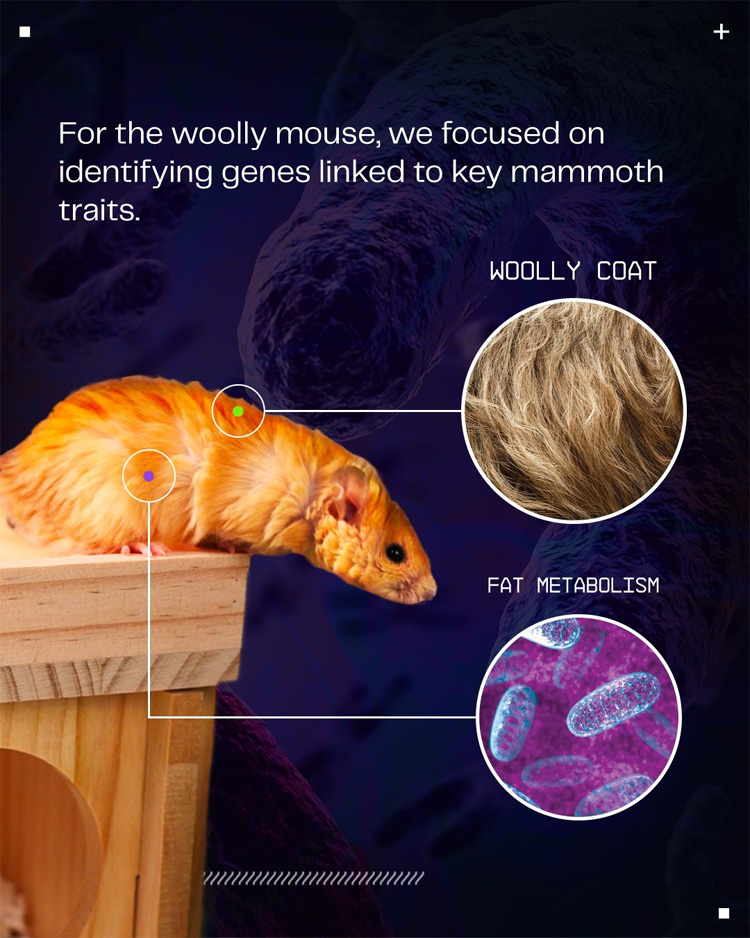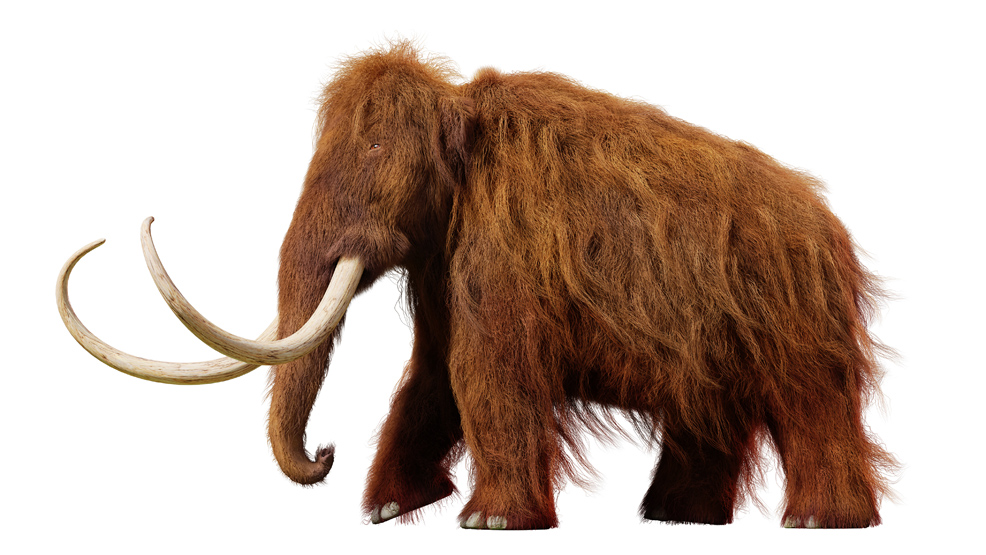
5th March 2025 Woolly mouse – a step towards mammoth revival De-extinction company Colossal Biosciences has announced the creation of "woolly mice" with modified genes, expressing mammoth-like traits relevant to cold adaptation and providing a platform for validation of genome engineering targets.
In an extraordinary achievement of multiplexed genome engineering, Colossal Biosciences has announced the birth of the first "woolly mice". These animals were engineered to express key mammoth-like traits that provide adaptations to life in cold climates. By successfully modifying seven genes simultaneously, Colossal's team created mice with dramatically altered coat colour, texture, and thickness reminiscent of the woolly mammoth's core phenotypes. This confirms the feasibility of expressing traits based on computer analysis of 59 mammoth genomes, spanning 3,500 to over 1.2 million years old, identifying key targets for de-extinction. "The Woolly Mouse marks a watershed moment in our de-extinction mission," said Ben Lamm, Co-Founder and CEO of Colossal Biosciences. "By engineering multiple cold-tolerant traits from mammoth evolutionary pathways into a living model species, we've proven our ability to recreate complex genetic combinations that took nature millions of years to create. This success brings us a step closer to our goal of bringing back the woolly mammoth."
Colossal's team analysed both mammoth and elephant genomes – including high-quality reference genomes for Asian and African elephants – to identify the most relevant genes. They selected ten genes linked to hair length, texture, colour, and lipid metabolism, refining them for expression in mice. Using a streamlined approach, they edited the mouse genome via three technologies: RNP-mediated knockout, multiplex precision genome editing, and precision homology-directed repair (HDR). Eight edits were made simultaneously, modifying seven genes with efficiencies of up to 100%. The resulting woolly mice exhibited key mammoth-inspired characteristics. Loss of function in a gene called FGF5 extended hair growth up to three times longer than usual, while mutations in FAM83G, FZD6, and TGM3 created woolly-textured fur, wavy coats, and curled whiskers. The team also introduced a non-functional TGFA and a mutation in KRT27, both found in mammoths, leading to wavy coats. To mimic the lighter coat colours seen in preserved mammoth specimens, the researchers modified MC1R, which regulates melanin, producing golden-haired mice instead of the typical black/agouti fur. Additionally, they introduced a truncated version of FABP2, a gene linked to lipid metabolism, replicating a mammoth-like adaptation that affects body weight. "The Colossal Woolly Mouse showcases our ability to use the latest genome editing tools and approaches to drive predictable phenotypes," said Dr. Beth Shapiro, Chief Science Officer at Colossal. "It is an important step toward validating our approach to resurrecting traits that have been lost to extinction and that our goal is to restore." "I'm incredibly proud of what our team has accomplished here in the lab in such a short period of time," said Dr. Michael Abrams, who co-leads Colossal's Mammoth Team. "We've pushed the boundaries of genetic engineering by coordinating multiple complex trait modifications in living animals with exceptionally high efficiency. This achievement showcases both the technical expertise of our scientists and the power of our genetic engineering platform to deliver predictable phenotypes." The implications of this breakthrough extend beyond the laboratory. Not only is the Colossal Woolly Mouse the first living animal engineered to express multiple cold-adapted traits using mammoth gene orthologues, but it is also a living model for studying cold-climate adaptations in mammals. Additional future analyses of the woolly mice will also improve our understanding of how multiple genes work together to manifest physical traits. "The Colossal Woolly Mouse demonstrates remarkable progress we've made in precise genome engineering, including optimised delivery methods, innovative multiplexing and combinations of gene targeting strategies," said George Church, Professor of Genetics at the Wyss Institute and Harvard Medical School and Co‑founder of Colossal. "We are showing that we can now rationally design and construct complex genetic adaptations, with profound implications for the future of multi‑gene de‑extinction and engineering."
Comments »
If you enjoyed this article, please consider sharing it:
|
||||||









